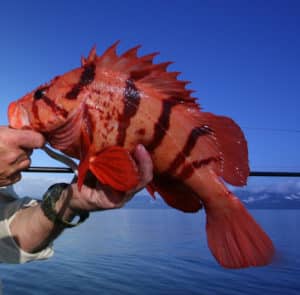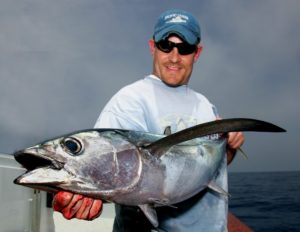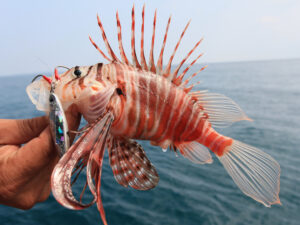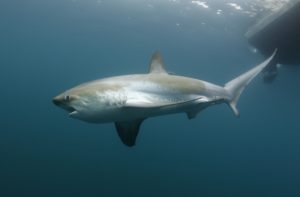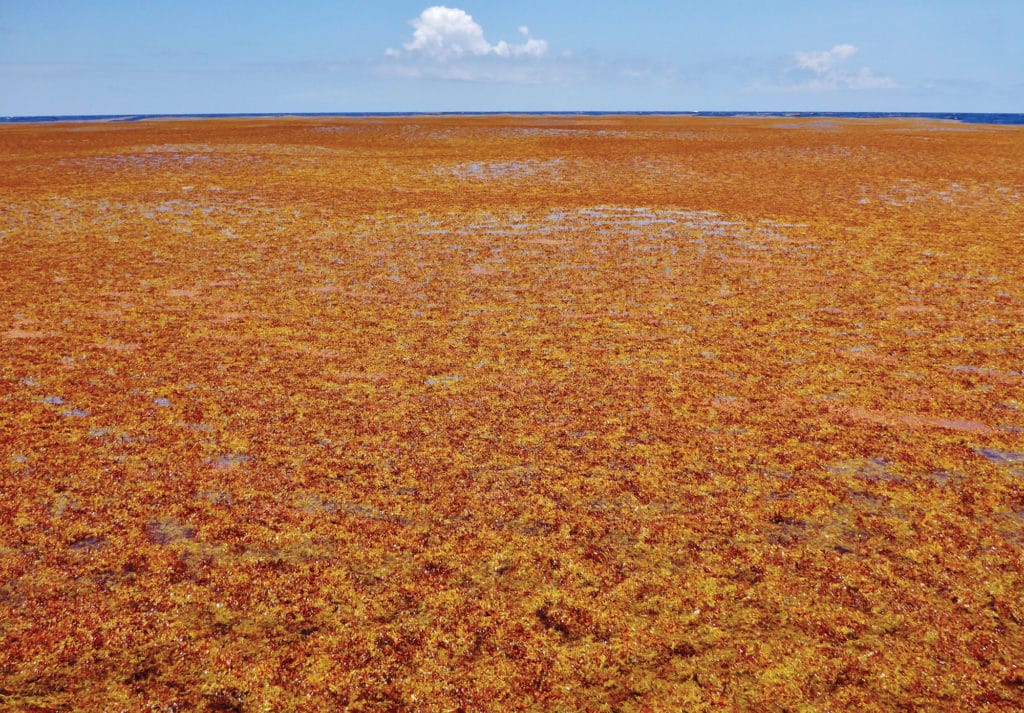
If you should be interested in working as a mate for Anthony Mendillo on his Keen-M International fleet out of Isla Mujeres, Mexico, you first might need to prove your prowess with a garden rake.
Bluewater anglers throughout the western Atlantic, Gulf of Mexico and Caribbean have always kept their eyes out for aggregations of often-elusive sargassum weed. Bunches of the orange-brown floating plants, driven by winds or currents, clump together in large mats, and bingo: instant FAD (fish-aggregating device) under which baitfish and small predators quickly gather to eat and not be eaten. Then come dolphin (mahi), wahoo and billfish. And anglers.
Traditionally, when it came to sargassum, the most oft-heard complaint from fishermen was a lack of the stuff. Without it, finding fish on a featureless ocean could be much more difficult. There were also concerns expressed over interest in commercial harvesting, which could imperil sargassum’s very existence.
And now?
While flying over the Caribbean last year, “if you glanced down, it would look like you could land a plane on the weed,” says Capt. Eddie Herbert, veteran billfish skipper of the 58 Merritt Never Say Never and winner of multiple tournaments. He recalls days off Anegada, in the northern British Virgin Islands, where, “good lord, you could stop the boat and just start walking,” it was so thick.
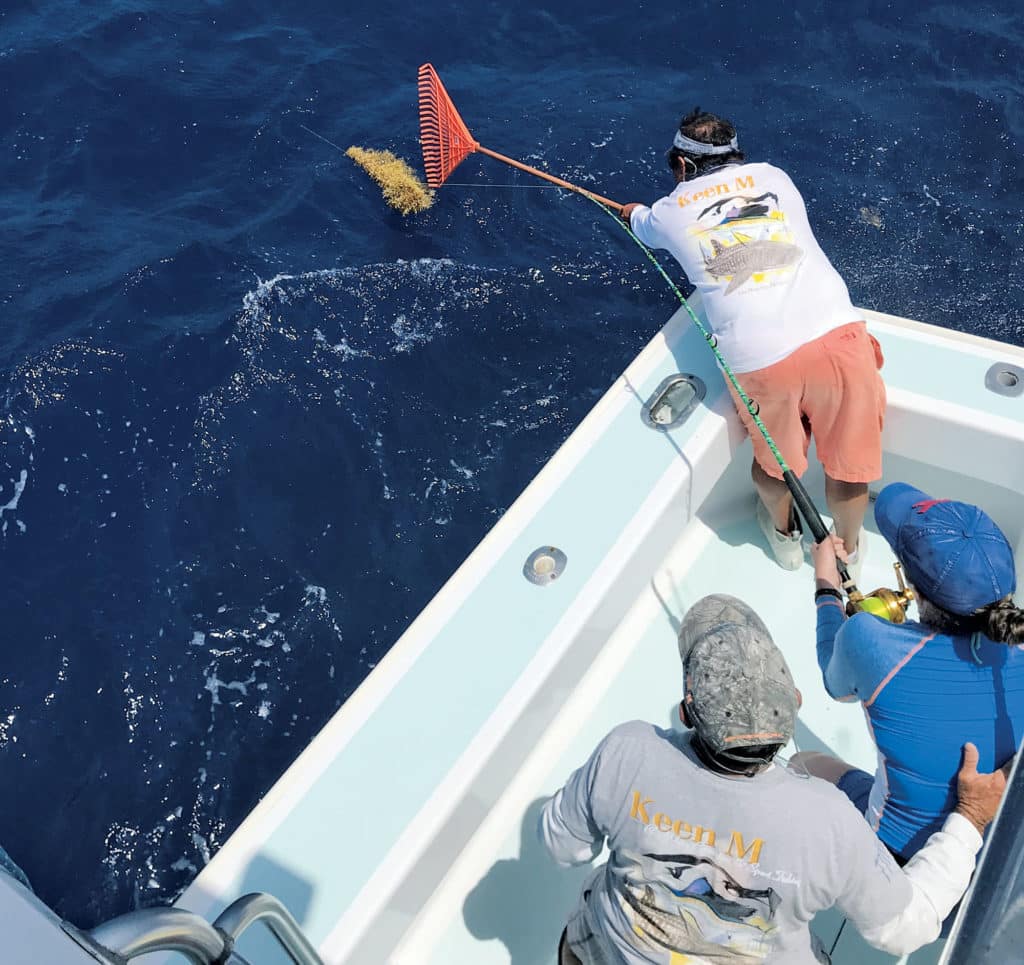
And that’s why Mendillo’s mates are wielding garden rakes offshore—to deal with all the sargassum on their gear. (And that’s mates, plural: “We needed to add a second mate on all trips just to keep up with the weed!” he grouses.)
But the repercussions of an Atlantic drowning in sargassum go far beyond recreational angling, as just a few of many recent headlines suggest:
- “Huge Sargassum Seaweed Blooms Again Threaten Florida, Caribbean and Mexico” (weather.com)
- “The Caribbean Has a Big Seaweed Problem—And It’s Costing Millions” (forbes.com)
- “Sargassum is strangling tourism in the Caribbean.” (Chemical and Engineering News online)
- “Scientists discover the world’s biggest seaweed patch.” (nbcnews.com)
Rotting Weed and Toxic Gases
Sargassum is actually an algae. There are two species of the brown macro-algae: Sargassum natans and S. fluitans. Before 2011, it occurred mostly in just the Gulf of Mexico and an area of the Atlantic named centuries ago for being home to the stuff, the Sargasso Sea.
There has never been much debate about just how vital sargassum is to the ocean. That’s reflected in the title of a National Geographic article (June 2019): “Life in the North Atlantic depends on this floating seaweed.” Were it not for sargassum, that article states, the blue waters of the Sargasso Sea would be an “oceanic desert.” Well over 100 species of fish and still other marine animals live in and around its complex ecosystem.
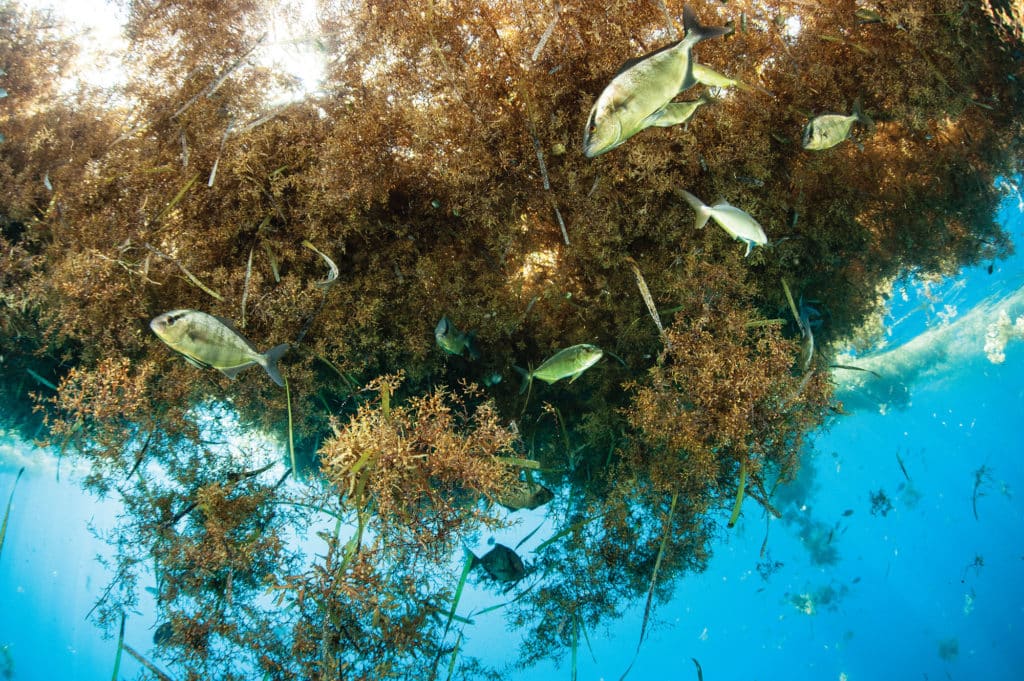
The importance of sargassum hasn’t been lost on US fishery managers. Since 2002, the South Atlantic Fishery Management Council has maintained a Fishery Management Plan for Pelagic Sargassum Habitat, after declaring sargassum to be EFH: Essential Fish Habitat.
But in 2011, something changed, and sargassum began to appear in unprecedented masses, a trend that continued until—by 2018 and again in 2019—the seaweed had clearly gone haywire. Like something out of a bad science-fiction movie, sargassum was proliferating by orders of magnitude. Scientists estimated a blanket of at least 20 million -metric tons of the stuff now covered the ocean, clearly visible from space and stretching across the Atlantic from West Africa to Mexico.
The quaint, spongy golden plants that most people seldom encountered began filling harbors and covering up shorelines from Florida to Mexico and most Caribbean islands, including otherwise-popular beaches. What thrived offshore died (in a couple of days) inshore; tons of rotting weed created a pervasive stench, often rendering the coast intolerable. In June 2018, Barbados—covered in sargassum —declared a national emergency.
Beyond the inconvenience, fears about health issues arose. In a letter published on thelancet.com (December 2018) entitled “Sargassum seaweed on Caribbean Islands: an international public health concern,” a group of scientists declared that byproducts of the decomposing algae—toxic gases including hydrogen sulfide and ammonia—can in high concentrations “lead to potentially fatal hypoxic pulmonary, neurological and cardiovascular lesions.”
And beyond human health worries, there are concerns for the health of coastal ecosystems, particularly shallow coral reefs. The thick sargassum mats reduce light reaching reefs and sea grasses, lead to anoxic conditions, and leach nutrients. They also can create a barrier to newly hatched sea turtles.
Unfishable
While the problems the sargassum explosion has caused offshore anglers are hardly life-threatening, the blooms have made serious fishing for many bluewater enthusiasts difficult at best and impossible at worst.
In 35 years of fishing the Virgin Islands and Caribbean, Herbert says of the past two years, “Some days, it was absolutely unfishable.”
While there were still some good days trolling along good weed lines for Tobin Mergenthaler of Maryland-based Imperium Outfitters, he also saw times when the sargassum was so thick, it became a question of whether boats would even leave port to fish.
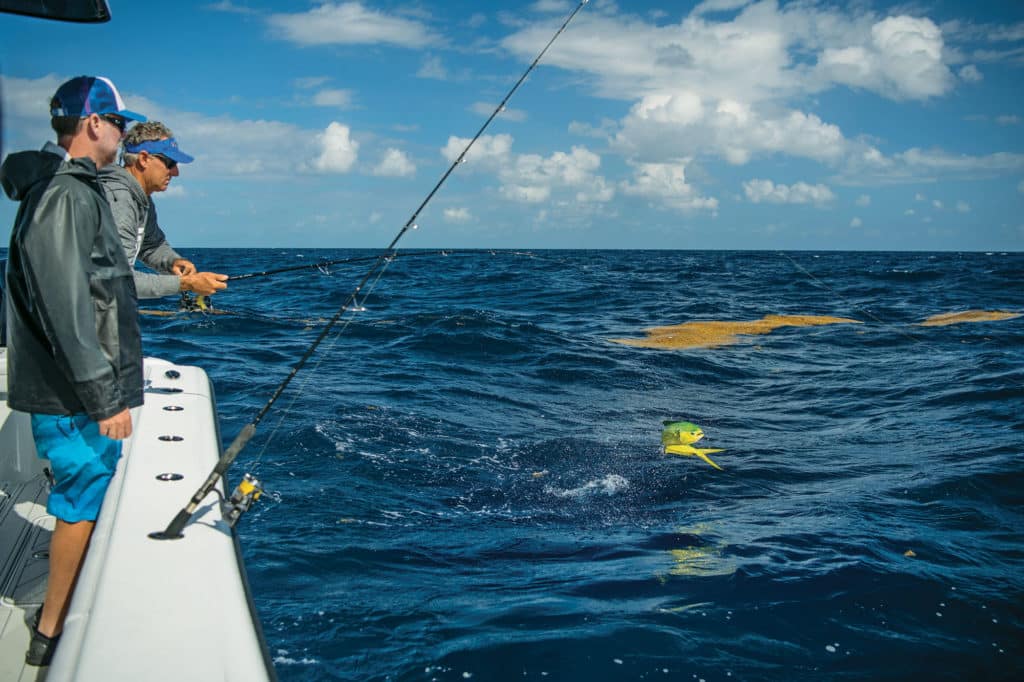
“It sucks,” agrees Bill Pino of Squidnation, manufacturer of spreader bars and teasers. “We have to treat every ‘weed attack’—because we can’t see the bait—as a bite, so we’re constantly dropping back to nothing.” But, he adds, “ya still gotta do it. It might be him.”
Among the strategies many experts employed to try to continue fishing in the great brown carpet is trying to have more hands on rods and constantly checking/cleaning to keep weed off lines. In fact, Pino says, really each rod requires a dedicated angler. “Ditto each dredge and at times even each teaser. It requires constant vigilance.”
New Ways to Cope
Another common theme: Shorten up and lighten up. Keeping trolled lines closer to the boat reduces the amount of weed that fouls baits and lures. Lighter lures that skip also might pass over the stuff more easily. Pino’s crew went so far as to add floats to their squids.
Reducing the number of lines helped Mergenthaler’s success in sargassum. He prefers to deploy a six- to seven-rod spread, but in thick weed, he went to a four-rod spread. That makes managing each line more feasible. He recommends downsizing not only the number of lines out, but the size of baits as well; logically, smaller lures don’t snag as much weed.
Capt. Ray Rosher (missbritt.com in Miami) echoes that. In addition to skipping a lot of naked baits, he says, “we fished fewer lines and kept them shorter.” They also fished lots of pointy lures such as Tuna Darts. But they pretty much gave up flat-lining live baits.
Miami’s renowned Capt. Jimbo Thomas (thomasflyer on Facebook) says they haven’t adopted any wholesale changes in tactics or techniques. “We’ve just gotten really used to picking grass [off the gear], but it’s driving the mates crazy.”
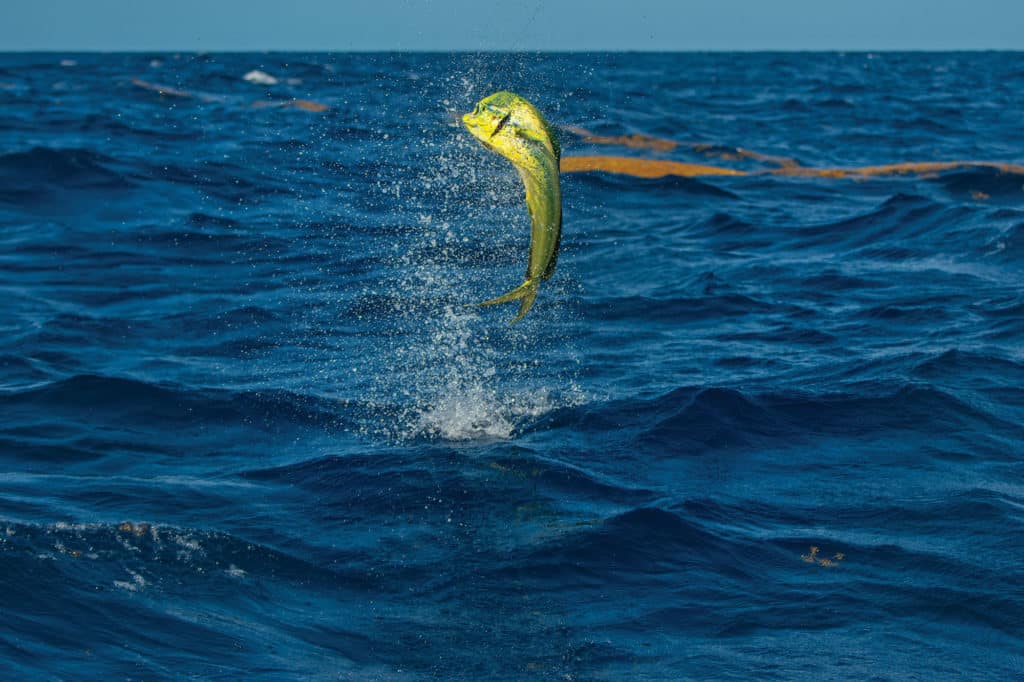
Many pros gave up their dredges when the sargassum closed in. “My dredges spent more time on deck than in the water” the past couple of seasons, says Mendillo in Isla Mujeres.
Kite-fishing can prove as difficult as trolling. Rosher—who generally lives by the kite—says that on many days, his boats would have to run not to where they’d prefer to fish, but to where the sargassum wasn’t so thick that it would constantly foul lines. (Compounding the problem with kite baits, the liveys naturally tend to beeline it for the protection of weed clumps, if any are nearby.)
Keep an eye out for openings in the acres of brown: “Finding ‘honey holes’ in the grass has been key,” Mergenthaler says. “Getting under the grass is the name of the game” with jigs, live bait or by chunking.
Feeding the Weed
How did we get here in a few short years? How did we go from sargassum as a wonderful and welcome part of bluewater fishing to an alarming scourge of the sea?
While climate change and a warming ocean likely come to mind, and that may well play a role (by increasing upwellings), the primary source of the great sargassum bloom is almost certainly because of increasing nutrient levels that feed the weed.
What is the source of increased nutrients in the Atlantic? Whether in published reports or casual opinions, most authorities point to the Amazon River as a major factor in recent years. One pretty conspicuous clue can be found in the sargassum blooms occurring off the mouth of the Amazon for the first time, an area of the Atlantic where sargassum was seldom seen previously.

Of course, the Amazon has been pouring into the Atlantic for eons. What’s changed? One theory points to increased runoff carrying fertilizers, which are high in nitrogen and phosphorus, perfect for stimulating sargassum growth. (It’s worth noting that the use of fertilizers in Brazil rose nearly 70 -percent between 2011 and 2018.)
Brazil’s weakened environmental protections, leading to tens of thousands of wildfires (to clear the land) in the Amazon basin in the past couple of years, likely contributed significantly.
Other sources of nutrients often cited include cold-water upwellings off West Africa and smoke from fires on that continent, with dust also adding to the nutrient levels. Herbert noted that in his 35 years on the Atlantic, “the dust from the Sahara was the worst I’ve ever seen, last year.”
Get Used to It
What’s the solution to the sargassum dilemma? The short-term fix for coastal communities is to get rid of it. Collecting it in front loaders and hauling it away in dump trucks has helped in some areas, but many communities lack the resources for that.
Limited efforts toward harvesting the stuff offer limited promise so far. Some success creating an organic seaweed-based fertilizer by a St. Lucian company has created a $6.3 billion market regionally and led to the collection of 300 tons of wet seaweed from St. Lucia beaches over the past three years, but even that is no more than a drop in the bucket.
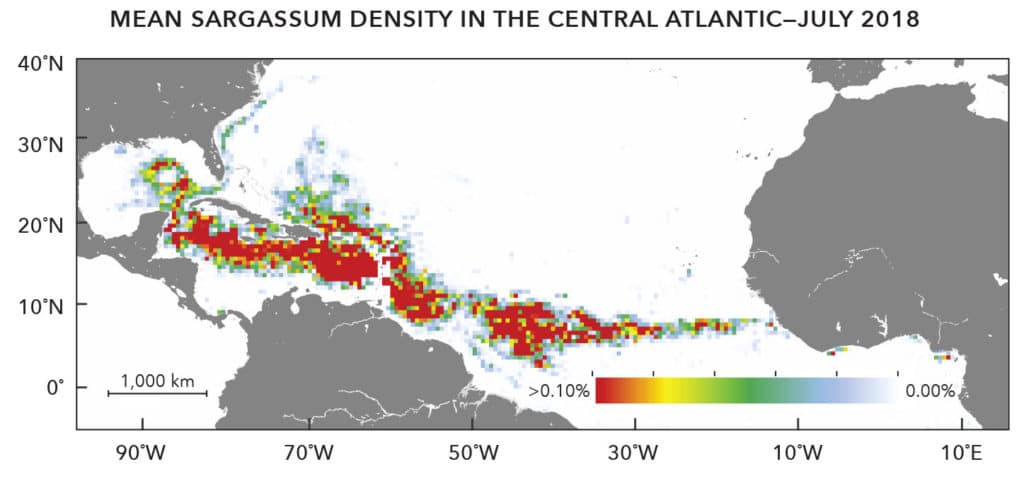
And the prognosis? There are no ironclad predictions, but the consensus among experts seems to be that there is no relief in sight. The weed is likely to diminish seasonally, as winter cools the ocean, but the blooms could return earlier than in the past. Coral-reef ecologist Rosa Elisa Rodriguez Martinez, in Cancun, told forbes.com that in past years, the weed might accumulate on shorelines for two or three weeks during the year. Now, relentless mats of the algae plague beaches from March to October.
Read Next: Why Fish are Attracted to Weeds
When it comes to prognostication about the sargassum quandary, note that more than one expert is describing it as “the new normal.” So the odds are good that this year again, offshore anglers are likely to be reducing the number of lines in their spreads, mothballing dredges, and downsizing their lures as they continue to cope with the challenge of this sudden siege of sargassum.

